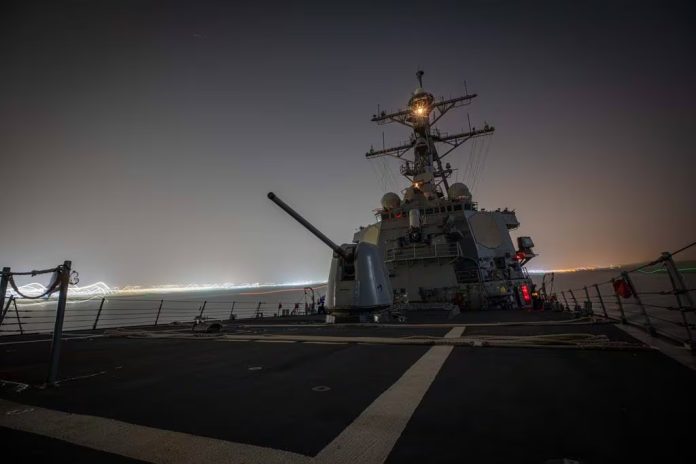The short-notice surge of U.S. warships from the East Coast to take on missile and drone threats in the Eastern Mediterranean and the Red Sea is informing a model for how the Navy will surge ships to fight in future conflicts, the commander of U.S. Fleet Forces Command told a group of naval engineers last week (Sep 2024), US Naval Institute News reports.


